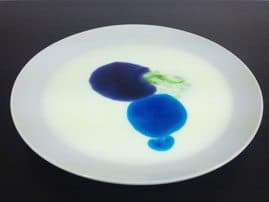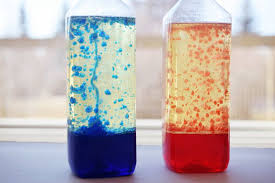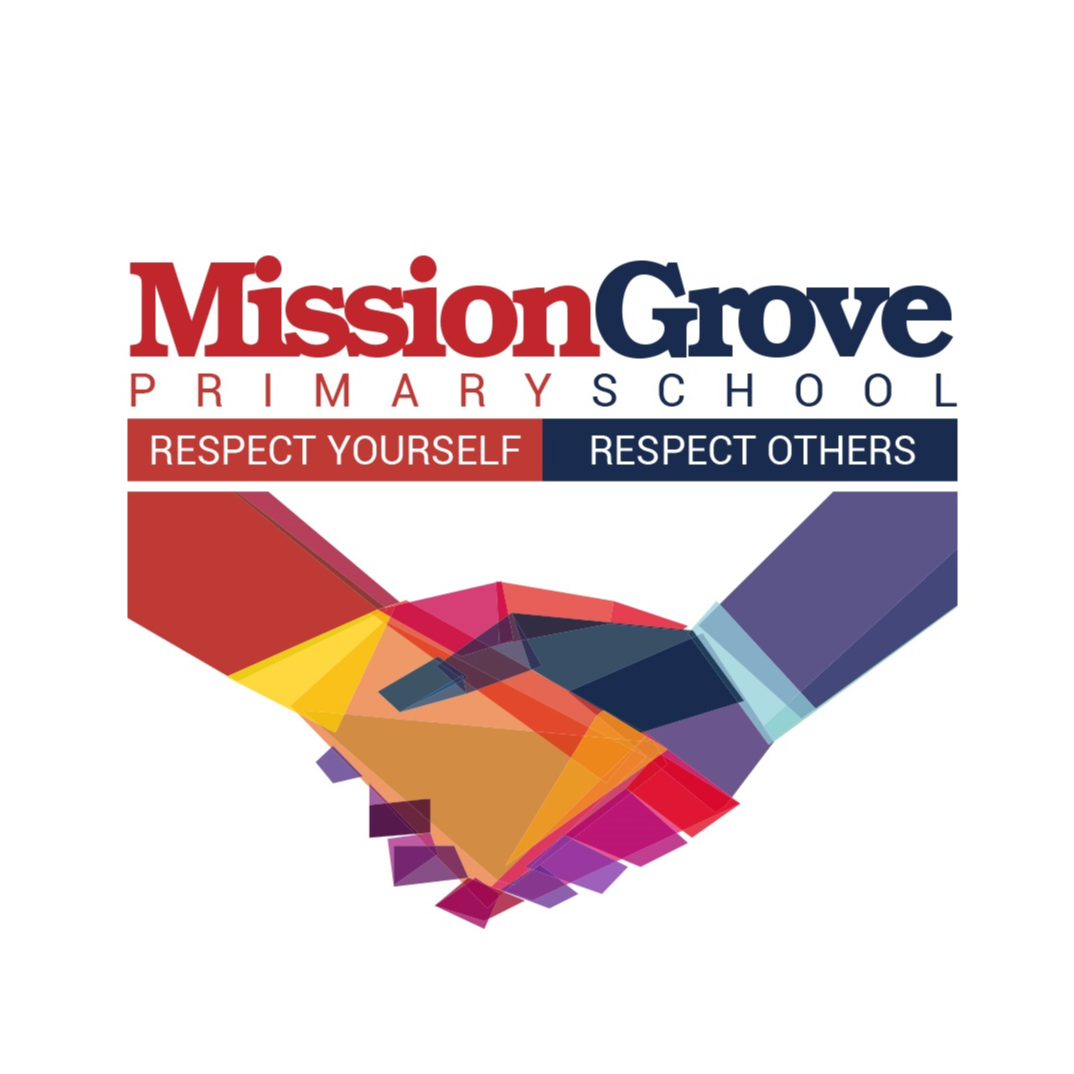Science Enquiry and Websites for Home Learning
Websites
Espresso (children have a login in their reading records)
Crest Awards (children can sign up for STEM projects and get certificates)
Enquiry
At Mission Grove, we prioritise the teaching of scientific enquiry skills and giving the children the opportunity to learn through practical experiences. They are encouraged to understand how Science can be used to explain what is occurring, predict how things will behave, and analyse causes. Children develop a body of foundational knowledge and conceptual understanding in Key Stage One, slowly building to “working scientifically” in Key Stage Two. They develop a core set of skills which enable them to think logically about a problem whilst also understanding the uses and implications of science, today and for the future.
These videos explain the different types of enquiry that children at Mission Grove will use.
Here are some fun science activities that you can try at home:
Remember to ask your parents before you take any household items and carry out any experiments.
You can also register to take part in Crest Awards and earn certificates.
Milktastic Fun
You may well drink the white stuff every day but until now you probably never knew you could do an incredible science experiment with normal, everyday milk. Well, you do now! – So let’s get started!

What do I need?
- A plate or bowl
- Washing up liquid
- Half a glass of milk
- Food colouring
How do I do it?
STEP1 - Pour milk into the bowl or plate until the surface is well covered.
STEP2 - Add several spots of food colouring onto the milk.
STEP3 - Cover the end of your finger with washing up liquid (use a pen or pencil if you don’t fancy getting messy).
STEP4 - Dip your finger into the middle of the milk – Watch in amazement as the colours go flying off all over the place!
What’s going on?
This one is all to do with something called surface tension. The force between the molecules on the surface of the milk.
Adding the washing up liquid reduces the surface tension of the milk. The rest of the milk still has the same surface tension that it always did and so pulls the milk outwards taking the food colouring with it! Cool, huh!
More Fun Please! - Experiment like a real scientist!
- Is the type of milk important? Full fat? Skimmed?
- Which type of soap works best?
The Empty Bottle
This is a simple science experiment. Don't let that put you off - it's really cool and all you need is a sheet of paper and an empty drinks bottle.
What do I need:
- A plastic bottle
- A sheet of paper
How do I do it?
STEP1 - Tear off a small piece of paper and scrunch it up into a ball so that it fits in the mouth of your bottle!

STEP2 - Lay your bottle on its side and put the scrunched up piece of paper into the mouth of the bottle, as shown!
STEP3 - Here's where it gets fun! Challenge a friend to blow the piece of paper into the bottle.Try it - the piece of paper will come flying out!
What's going on?
This is all to do with Bernoulli's principle - he's one of those scientists that everyone's heard of but by no means everyone can remember what he said!
Bernoulli noticed that air has a lower pressure when it's moving more quickly. As you blow into the mouth of the bottle the air is moving fastest - so is at the lowest pressure. Inside the bottle the air is moving more slowly - so a higher pressure. As the pressure is higher inside the bottle than in the mouth this pushes the paper out!
More Fun Please - Experiment like a real scientist!
- What happens if you don't use a piece of paper? What else could you try instead?
- Is it possible? How can you blow the paper in?
- How does using different shapes and sizes of bottle change the experiment?
Floating Egg
Make an Egg Float in Salt Water An egg sinks to the bottom if you drop it into a glass of ordinary drinking water but what happens if you add salt? The results are fascinating and can teach you some fun facts about density.

What you will need:
• One egg
• Water
• Salt
• A tall drinking glass
Instructions:
1. Pour water into the glass until it is about half full.
2. Stir in lots of salt (about six tablespoons).
3. Carefully pour in plain water until the glass is nearly full (be careful to not disturb or mix the salty water with the plain water).
4. Gently lower the egg into the water and watch what happens.
What's happening? Saltwater is denser than ordinary tap water, the denser the liquid, the easier it is for an object to float in it. When you lower the egg into the liquid, it drops through the normal tap water until it reaches the salty water, at this point the water is dense enough for the egg to float. If you were careful when you added the tap water to the saltwater, they would not have mixed, enabling the egg to float in the middle of the glass amazingly.
Make an Easy Lava Lamp

Learn how to make an easy lava lamp with this fun science experiment for kids. Use simple household items such as vegetable oil, food colouring, Alka-Seltzer and a bottle to create chemical reactions and funky balls of colour that move around like a real lava lamp.
What you'll need:
• Water
• A clear plastic bottle
• Vegetable oil
• Food colouring
• Alka-Seltzer (or other tablets that fizz)
Instructions:
1. Pour water into the plastic bottle until it is around one-quarter full (you might want to use a funnel when filling the bottle, so you don't spill anything).
2. Pour in vegetable oil until the bottle is nearly full.
3. Wait until the oil and water have separated.
4. Add around a dozen drops of food colouring to the bottle (choose any colour you like).
5. Watch as the food colouring falls through the oil and mixes with the water.
6. Cut an Alka-Seltzer tablet into smaller pieces (around 5 or 6) and drop one of them into the bottle, things should start getting a little crazy, just like a real lava lamp!
7. When the bubbling stops, add another piece of Alka-Seltzer and enjoy the show!
What's happening?
If you've tried our oil and water experiment, you'll know that the two don't mix very well. The oil and water you added to the bottle separate from each other, with oil on top because it has a lower density than water. The food colouring falls through the oil and mixes with the water at the bottom. The piece of Alka-Seltzer tablet you drop in after releases small bubbles of carbon dioxide gas that rise to the top and take some of the coloured water along for the ride. The gas escapes when it reaches the top, and the coloured water falls back down. The reason Alka-Seltzer fizzes in such a way is that it contains citric acid and baking soda (sodium bicarbonate), the two react with water to form sodium citrate and carbon dioxide gas (those are the bubbles that carry the coloured water to the top of the bottle). Adding more Alka-Seltzer to the bottle keeps the reaction going so you can enjoy your funky lava lamp for longer. If you want to show someone later, you can simply screw on a bottle cap and add more Alka-Seltzer when you need to. When you've finished all your Alka-Seltzer, you can take the experiment a step further by tightly screwing on a bottle cap and tipping the bottle back and forth, what happens then?
Build a cardboard boat from scratch
Build a Spaghetti Bridge
Make a Balloon Powered Car
Make a Marble Run
